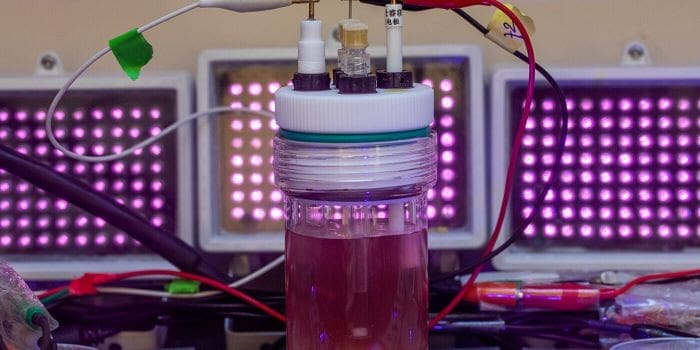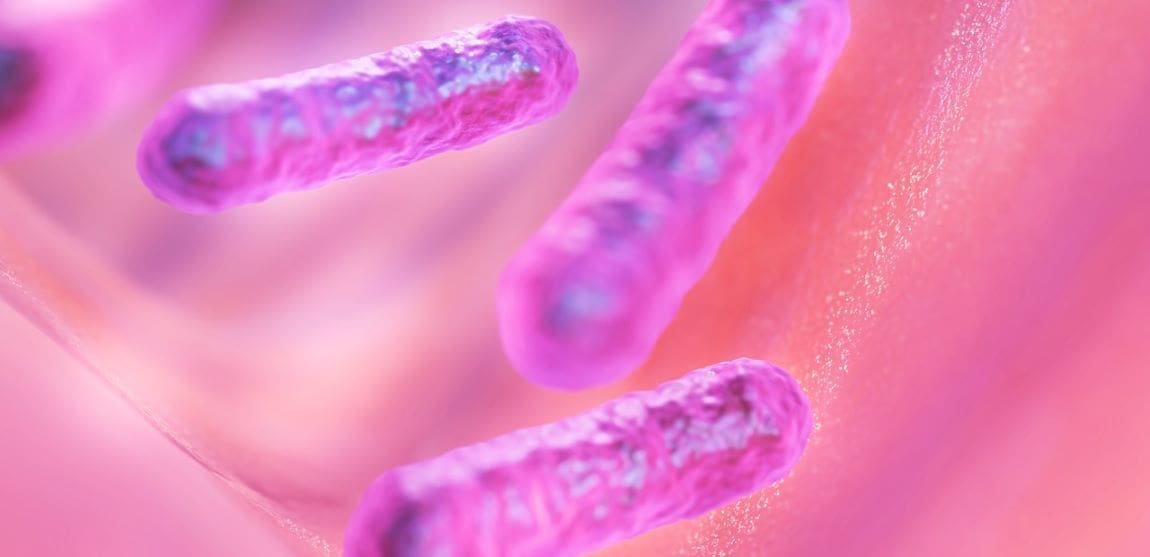In the global battle against plastic pollution, a promising solution is emerging from an unlikely source: purple bacteria. Researchers at Washington University in St. Louis (WashU) have discovered that these aquatic microbes, with a bit of scientific encouragement, can act as microscopic factories for producing bioplastics – a breakthrough that could revolutionize the plastics industry.
Two recent studies, both led by WashU biologists, have highlighted the potential of these bacteria to produce polyhydroxyalkanoates (PHAs), natural polymers that can be processed into biodegradable plastics. This discovery comes at a critical time, as the world searches for alternatives to petroleum-based plastics, which are a major contributor to environmental pollution and climate change.

The first study1, spearheaded by graduate student Eric Conners, focused on two relatively obscure species of purple bacteria from the genus Rhodomicrobium. These bacteria, when provided with small amounts of electricity and nitrogen, showed a remarkable ability to produce PHAs. “It’s worth taking a look at bacteria that we haven’t looked at before,” Conners said. “We haven’t come close to realizing their potential.”
Rhodomicrobium bacteria possess unique characteristics that make them ideal candidates for bioplastic production. Unlike other species that exist as free-floating cells, Rhodomicrobium forms interconnected networks, which seem particularly adept at producing large quantities of PHA. “It’s a unique bacteria that looks very different from other purple bacteria,” Conners added.
In a parallel study2, research lab supervisor Tahina Ranaivoarisoa explored the potential of Rhodopseudomonas palustris TIE-1, a well-known species of purple bacteria, to increase its PHA production.
Traditionally, TIE-1 has been a reluctant producer of PHAs, but through genetic engineering, Ranaivoarisoa and her team were able to significantly boost its output. One of the most effective strategies involved inserting a gene that enhances the activity of RuBisCO, an enzyme critical for carbon capture in both plants and bacteria. This modification transformed the usually sluggish bacteria into a more efficient bioplastic producer.
“TIE-1 is a great organism to study, but it’s historically not been the best for producing PHA,” Ranaivoarisoa said. The success of these genetic tweaks opens the door for similar approaches in other bacteria, potentially leading to even higher levels of bioplastic production.
These studies were conducted in the lab of Arpita Bose, associate professor of biology at Washington University and the corresponding author of the papers. “There’s a huge global demand for bioplastics,” Bose noted. “They can be produced without adding CO2 to the atmosphere and are completely biodegradable. These two studies show the importance of taking multiple approaches to finding new ways to produce this valuable material.”
Purple bacteria, a group of aquatic microbes known for their adaptability, naturally produce PHAs as a way to store extra carbon. Under optimal conditions, they can continue producing these polymers indefinitely, offering a renewable and eco-friendly source of plastic.
As published in Microbial Biotechnology and Applied and Environmental Microbiology, the findings suggest that with further research, these bacteria could become key players in the development of sustainable plastics.
Looking ahead, Bose plans to further investigate the quality and potential applications of the polymers produced in her lab. “We hope these bioplastics will produce real solutions down the road,” she said, signaling a bright future for environmentally friendly materials derived from the smallest of organisms.
This innovative approach, combining the natural capabilities of bacteria with cutting-edge genetic engineering, could pave the way for a new generation of bioplastics – plastics that are not only sustainable but also have the potential to significantly reduce our environmental footprint.
Journal Reference:
1. Eric M. Conners et al, ‘The phototrophic purple non‐sulfur bacteria Rhodomicrobium spp. are novel chassis for bioplastic production’, Microbial Biotechnology (vol. 17, Iss. 8; 2024). DOI: 10.1111/1751-7915.14552
2. Tahina Onina Ranaivoarisoa et al, ‘Overexpression of RuBisCO form I and II genes in Rhodopseudomonas palustris TIE-1 augments polyhydroxyalkanoate production heterotrophically and autotrophically’, Applied and Environmental Microbiology (0:e01438-24; 2024). DOI: 10.1128/aem.01438-24
Article Source:
Press Release/Material by Washington University in St. Louis
Featured image credit: Lakshmiraman Oza | Pixabay




